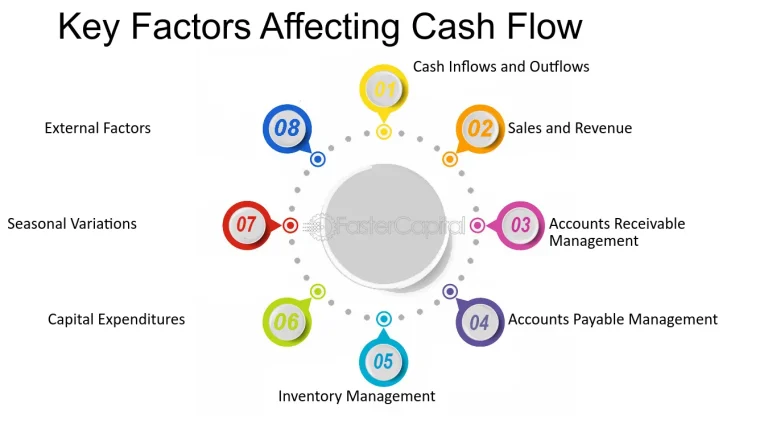How Predictive Maintenance with AI Reduces Downtime and Boosts Efficiency
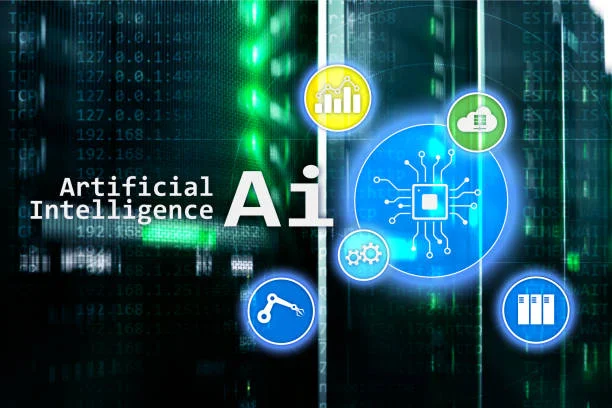
Predictive maintenance refers to a proactive approach that monitors the actual condition of equipment to determine when maintenance should be performed. Unlike traditional maintenance models that rely on fixed schedules or reactive repairs after a failure, predictive maintenance uses real-time data to foresee issues before they cause system breakdowns.
This method leverages various condition-monitoring tools, including vibration analysis, thermal imaging, and ultrasonic inspections. The result is a data-driven strategy that significantly minimizes unplanned downtime and avoids unnecessary maintenance tasks.
Evolution from Preventive to Predictive Techniques
Maintenance strategies have undergone a significant transformation. Initially, industries followed reactive maintenance, where actions were taken only after equipment failed. This evolved into preventive maintenance, based on predefined intervals or manufacturer recommendations.
However, these traditional methods often lead to either over-maintenance or unexpected failures. Predictive maintenance, especially when integrated with AI, shifts the paradigm by relying on data analytics and historical trends. It ensures maintenance is done exactly when needed, enhancing both cost-efficiency and operational reliability.
The Role of Artificial Intelligence in Predictive Maintenance

Core AI Technologies Enabling Predictive Maintenance
AI brings a suite of powerful tools that transform predictive maintenance from a reactive process into a proactive, intelligent one. At the core, machine learning algorithms analyze massive datasets generated by equipment sensors. These algorithms detect subtle patterns that humans may overlook, such as changes in temperature, vibration, or energy consumption.
Natural Language Processing (NLP) is also utilized in analyzing technician reports and maintenance logs. Meanwhile, computer vision is increasingly used in visual inspections of parts and equipment, detecting anomalies in real-time.
Integration of Machine Learning and IoT Sensors
The backbone of AI-driven predictive maintenance lies in the integration of Internet of Things (IoT) sensors with machine learning models. These sensors continuously monitor the health of equipment and feed data into AI systems for analysis.
Once enough historical data is collected, predictive models can be trained to identify the early signs of wear or potential failure. For example, a sudden spike in motor vibration detected by IoT sensors could trigger a predictive alert, prompting preemptive maintenance. This ensures the problem is addressed before it leads to equipment breakdown, thereby minimizing costly downtime.
How Predictive Maintenance Minimizes Downtime
Real-Time Fault Detection and Alerting
One of the key benefits of AI-driven predictive maintenance is real-time monitoring. Equipment doesn’t have to wait for scheduled inspections. AI algorithms run continuously in the background, monitoring thousands of variables and instantly alerting operators to any anomalies.
These early warnings give maintenance teams a valuable window of time to act before small issues turn into catastrophic failures. This proactive approach ensures that businesses maintain high uptime and productivity.
Anticipating Failures Before They Happen
AI not only detects current anomalies but also forecasts future failures. By analyzing historical data and operational patterns, AI can predict which component is likely to fail and when.
For instance, in a factory setting, AI can predict that a conveyor belt motor will fail in three weeks based on rising heat levels and performance degradation. This foresight allows the maintenance team to replace the motor during a planned downtime, avoiding unscheduled production halts.
Boosting Operational Efficiency Through AI

Optimal Resource Allocation and Planning
AI helps optimize the scheduling of tasks, personnel, tools, and spare parts for improved efficiency and reduced downtime. Since maintenance needs are predicted in advance, there’s less rush to mobilize resources or handle emergencies.
Maintenance managers can plan interventions when it’s least disruptive to operations. This coordination ensures that operations continue smoothly while equipment is serviced efficiently and safely.
Reduced Maintenance Costs and Extended Equipment Life
By focusing only on necessary maintenance, companies avoid the costs associated with over-servicing equipment. Moreover, timely interventions prevent minor issues from escalating, preserving the longevity of machines.
The reduced need for emergency repairs, coupled with longer equipment life, translates into significant cost savings and enhanced return on investment.
Case Studies: Real-World Applications of AI in Predictive Maintenance
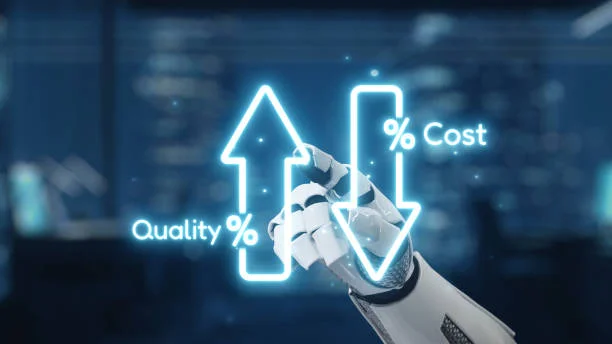
Automotive and Manufacturing Industry Insights
Leading automotive manufacturers have embraced AI-powered predictive maintenance in their assembly lines. For instance, BMW uses sensor data to predict failures in robotic arms and conveyor belts. This has dramatically reduced production downtime and improved overall equipment effectiveness (OEE).
In the manufacturing sector, companies like GE use AI to monitor turbines and heavy machinery. The result is a substantial drop in unexpected failures and an improvement in operational uptime.
Utility and Energy Sector Implementations
The energy sector, particularly wind and solar farms, benefits greatly from predictive maintenance. AI models analyze sensor data from turbines to forecast blade wear or gearbox failure. With early warnings, operators can service turbines before major faults occur, keeping energy production consistent.
Utilities also use AI to monitor transformers and grid systems. This ensures uninterrupted power supply and faster fault resolution times.
Challenges in Implementing AI-Driven Predictive Maintenance
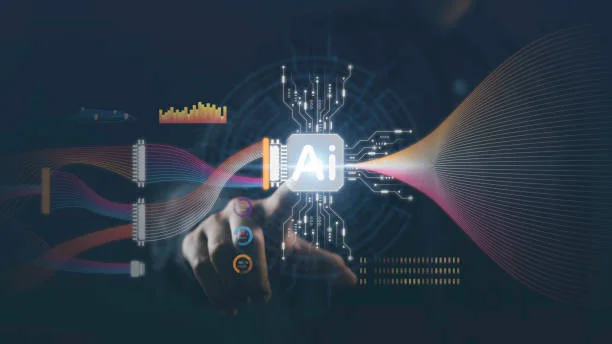
Data Quality and Integration Barriers
One of the biggest challenges is ensuring high-quality data. Incomplete, inconsistent, or noisy data can compromise the accuracy of AI models. Furthermore, integrating new AI systems with legacy equipment and data platforms often requires significant investment and customization.
Effective predictive maintenance systems rely on seamless integration between various technologies, something that not all companies are ready for.
Skill Gaps and Technological Readiness
AI systems require skilled personnel to manage, interpret, and refine. Many companies face a shortage of talent capable of handling complex algorithms and data infrastructure.
Additionally, not all facilities are equipped with the necessary sensors or networking capabilities to support AI implementation. Bridging these gaps is crucial for realizing the full benefits of predictive maintenance.
The Future of Predictive Maintenance with AI
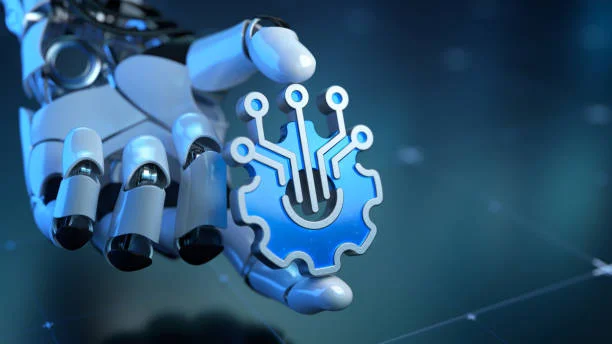
Autonomous Maintenance Systems
The future lies in self-healing machines and fully autonomous maintenance systems. With continued advancements, machines will not only predict failures but also self-correct or schedule automated repairs.
Robotics and AI will work hand-in-hand to perform maintenance tasks with minimal human intervention, making industrial operations more resilient and efficient.
Trends Shaping the Next Decade
Upcoming trends include the use of digital twins, where virtual replicas of physical assets are used to simulate performance and maintenance needs in real-time. Blockchain is also gaining traction in ensuring data transparency and traceability in maintenance records.
As AI technologies mature, we can expect predictive maintenance to become more precise, scalable, and accessible to businesses of all sizes.
FAQs
Q1: What types of equipment benefit most from AI-driven predictive maintenance?
A1: High-value, complex, or continuously operating equipment like turbines, robotic arms, and HVAC systems benefits the most due to the high cost of failure and repair.
Q2: How accurate are AI predictions for equipment failure?
A2: Accuracy depends on data quality and algorithm sophistication. Well-trained models can predict failures with up to 90% accuracy.
Q3: Is predictive maintenance suitable for small businesses?
A3: Yes, as AI tools become more affordable and user-friendly, even small businesses can implement basic predictive systems to extend equipment life and avoid surprises.
Q4: Can predictive maintenance reduce energy consumption?
A4: Absolutely. By ensuring equipment runs optimally, energy waste is minimized, contributing to greener operations.
Q5: How long does it take to implement a predictive maintenance system?
A5: Depending on the complexity, full deployment can take from a few weeks to several months, including data collection and model training.
Q6: What’s the ROI for predictive maintenance with AI?
A6: Many companies report returns ranging from 10x to 30x due to reduced downtime, lower maintenance costs, and improved asset longevity.
Conclusion
Predictive maintenance with AI is not just a technological upgrade it’s a game changer for modern industry. By combining smart analytics, real-time monitoring, and proactive insights, businesses can drastically reduce downtime and enhance efficiency. While challenges like data integration and skills gaps exist, the benefits far outweigh the hurdles.
As AI technology continues to evolve, predictive maintenance will become even more accessible, smarter, and integral to sustainable industrial operations.




